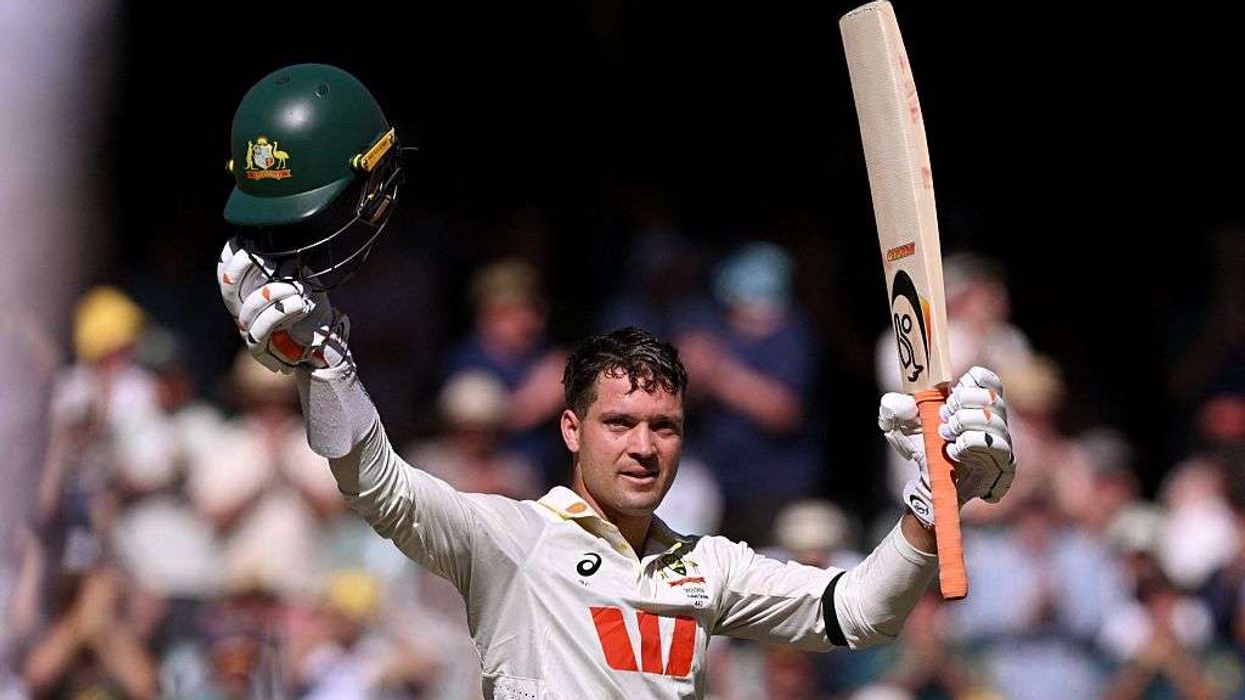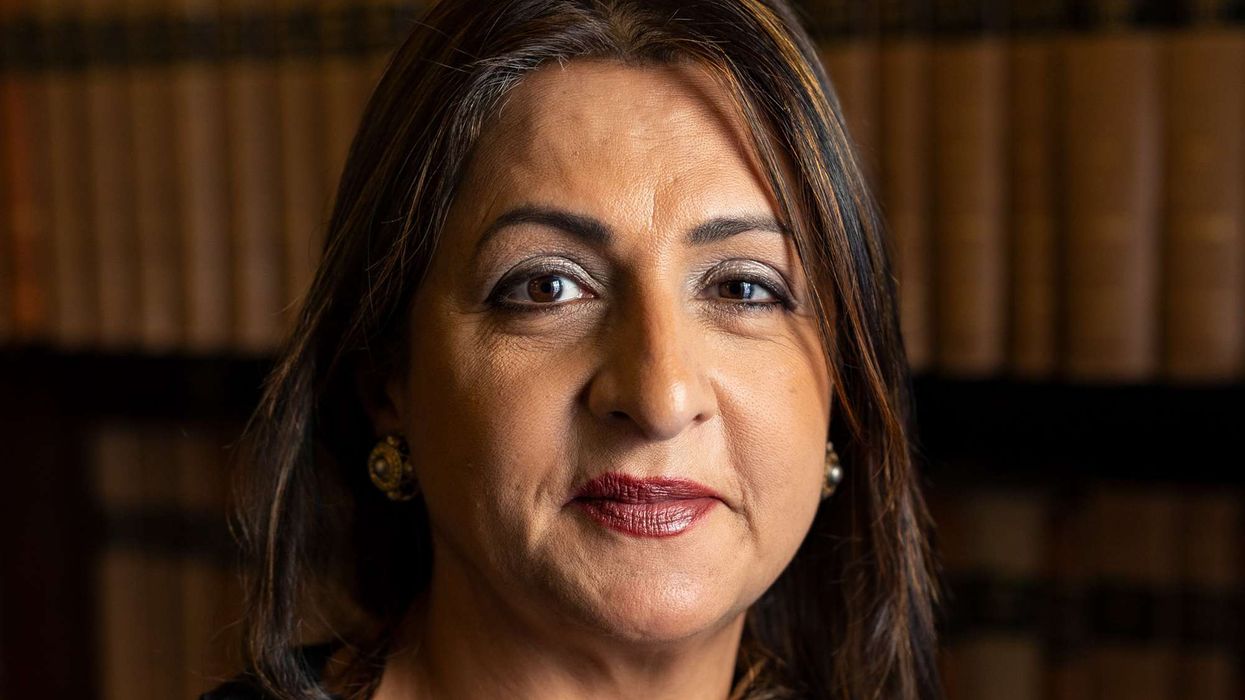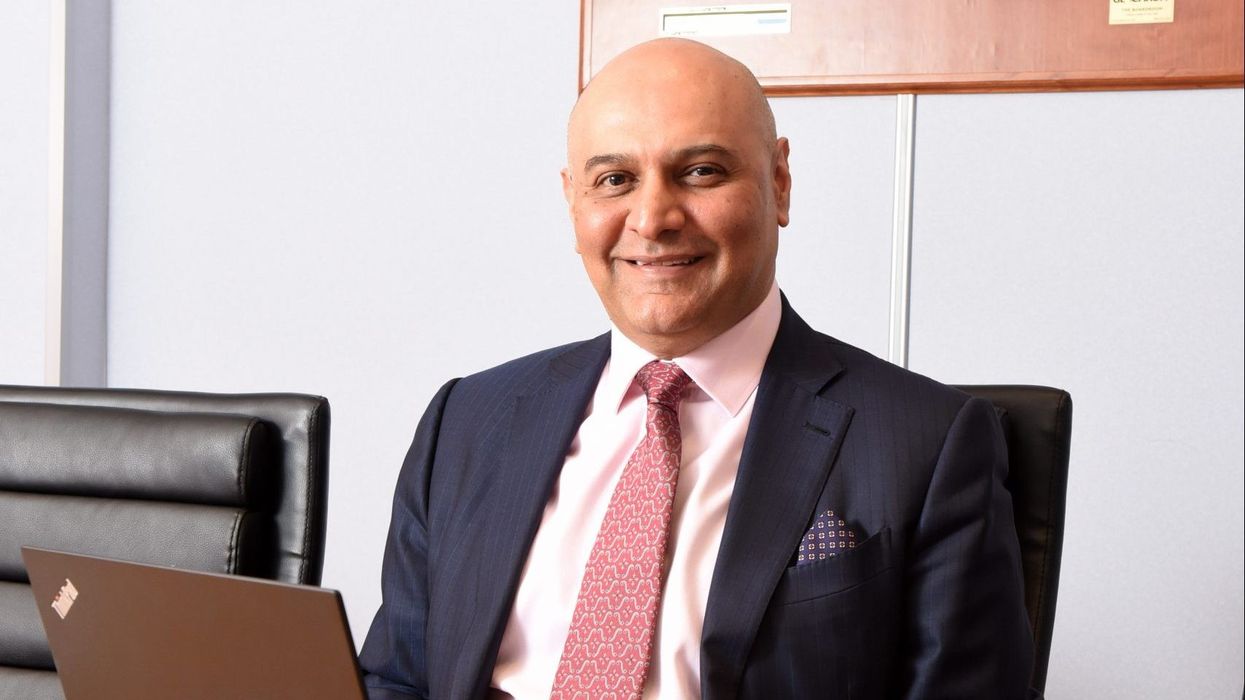THE returning boss of Boohoo-owned online fashion retailer prettylittlething.com is bringing back free returns ahead of the holiday season, accepting a drain on profitability widely viewed as necessary to be competitive.
On Tuesday (10), Umar Kamani, prettylittlething.com's (PLT) founder who left the business in 2023, announced his return on X and said: "one of my first changes will be to reintroduce free returns for our royalty customers, a step I believe is vital to making your shopping experience more seamless and enjoyable."
PLT, which did not respond to requests for comment, said earlier this year customers needed to pay £1.99($2.60) to return clothes, with the cost deducted from their refund. The charge also applied to the brand's 'Royalty' scheme members, who pay £9.99 a year for unlimited deliveries in the UK.
The news comes after bigger rival ASOS on Friday (6) rolled out a new policy that targets people who make frequent returns, charging some of them a £3.95($5.17) fee to send products back to warehouses. ASOS declined to say how many returns a customer could make before facing the charge.
FILE PHOTO: A shopper walks pass advertising billboards for Boohoo and for 'Pretty Little Things', a Boohoo brand, at Canary Wharf DLR station in central London, Britain, September 17, 2018. REUTERS/James Akena.The companies' different approaches towards free returns - made the norm by the likes of Amazon.com - reflect the difficulties of tackling a problem that eats into profit margins, frustrating investors.
"The online companies have to manage it more carefully, given they have a lower profit pool to play with (than retailers with stores)," Deutsche Bank Research analyst Adam Cochrane said.
"There is a proportion of (ASOS's) customer base who have been costing them a lot of money by buying products when they are only on promotions and then returning them very frequently," Cochrane said. "(PLT's) Kamani thinks getting rid of free returns is one of the reasons their customers have been purchasing less ... it is a barrier to entry."
According to Signifyd, which operates an e-commerce fraud protection platform, 76 per cent of European consumers consider return policies critical when choosing a retailer, and 94 per cent value ease of returns for a positive shopping experience.
"This situation highlights that returns are not 'one size fits all'. Penalising customers for high return rates can harm brand reputation and customer loyalty," Amal Ahmed, director of financial services and EMEA marketing at Signifyd, said.
"The update of the returns policy serves as a reminder of the potential reputational costs of inadequate return management," Ahmed said.
Sweden's H&M last year faced a backlash after deciding to charge return fees in some countries including the US and parts of Europe, and said that a rollout of those fees was continuing into more markets, but declined to disclose which ones.
(Reuters)













